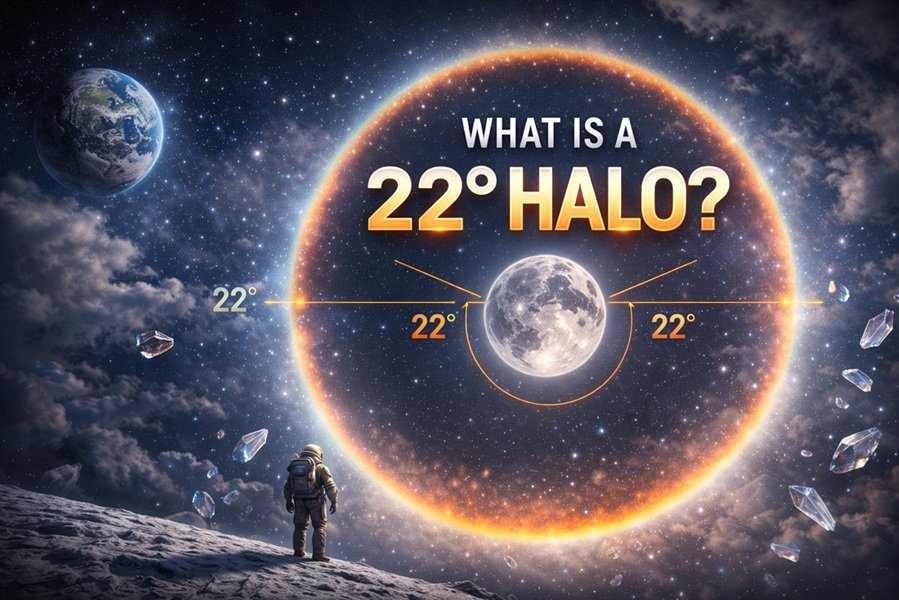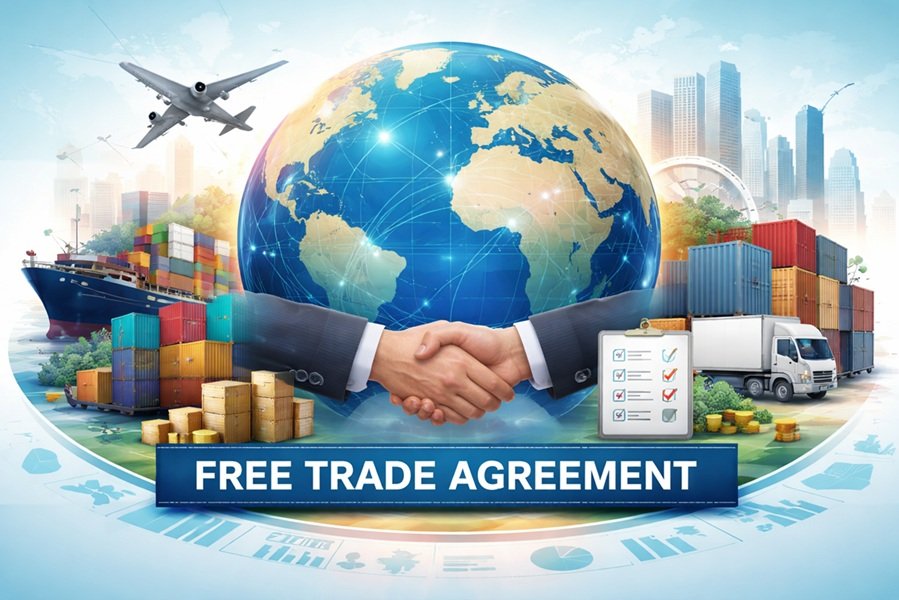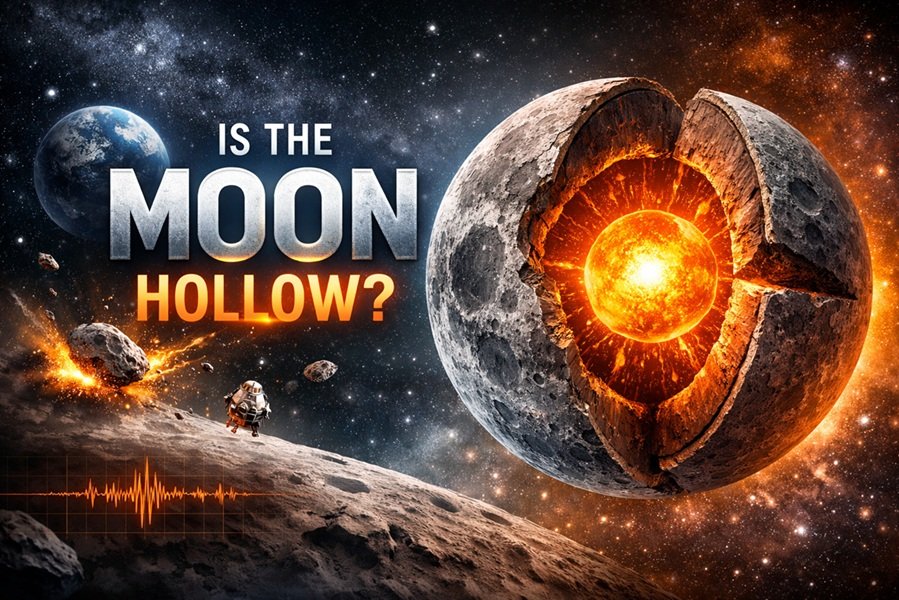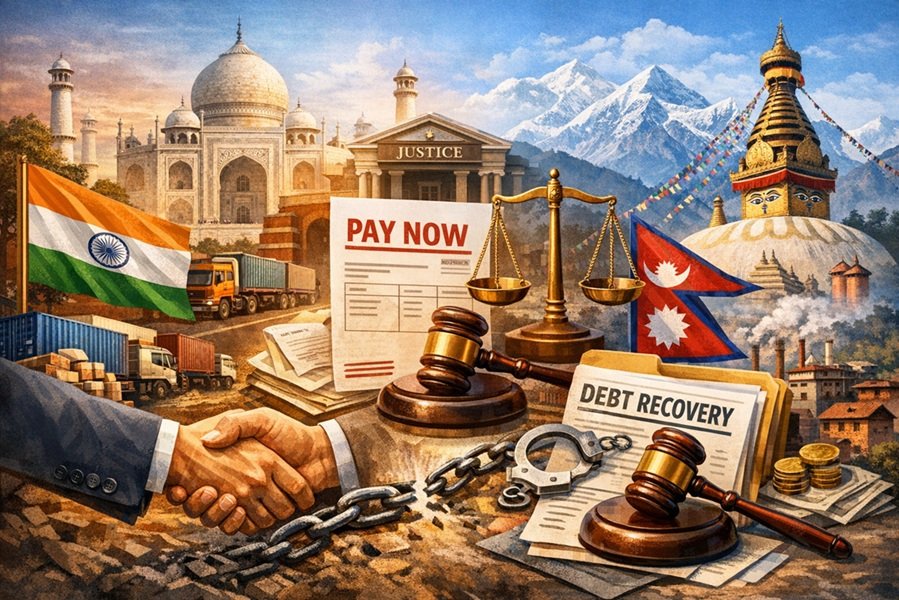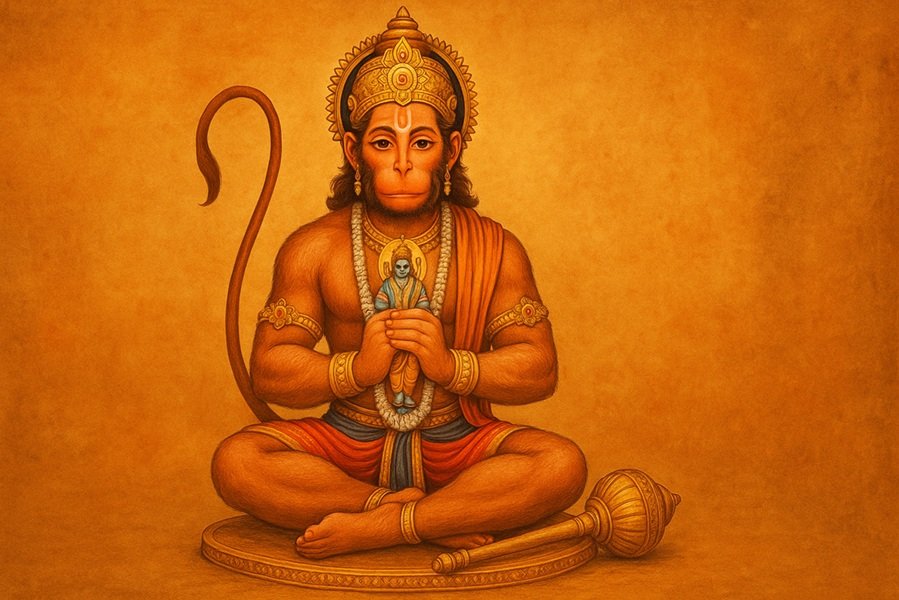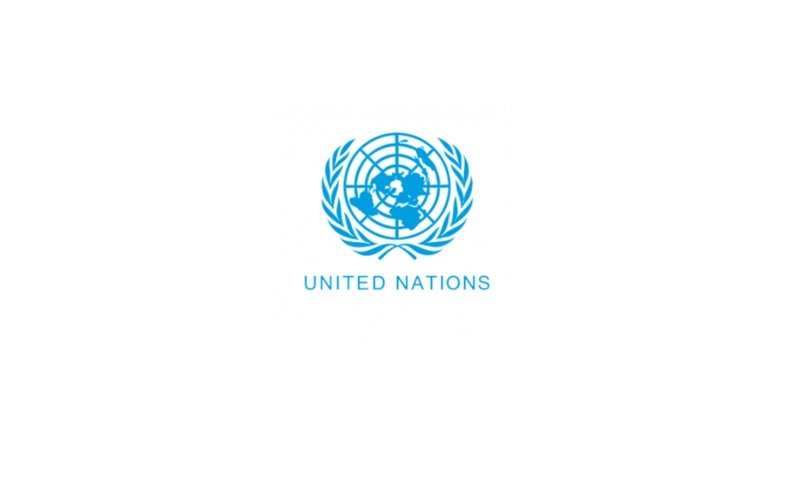
The United Nations (UN) is an international organization founded in 1945 after World War II. Its primary goal is to maintain peace and security, promote human rights, and foster cooperation among nations. Let’s understand the UN and its various bodies step by step.
What Is the UN?
The United Nations is a platform where countries come together to discuss and solve global problems like wars, poverty, health crises, and climate change. It has 193 member countries, which means almost every country in the world is a part of it. The headquarters of the UN is in New York City, USA.
Main Objectives of the UN
The UN works to achieve the following goals:
- Maintain International Peace and Security: Prevent conflicts and resolve disputes peacefully.
- Promote Human Rights: Protect the rights of individuals, including freedom, equality, and justice.
- Encourage Development: Help countries grow economically and socially.
- Provide Humanitarian Assistance: Support people affected by disasters, conflicts, or crises.
- Uphold International Law: Ensure that countries follow agreed rules and treaties.
Structure of the UN
The UN has six main bodies that carry out its work. Each has specific roles and responsibilities:
1. General Assembly
- What It Does: The General Assembly is like a global parliament where all 193 member countries meet to discuss and decide on important issues.
- Key Features:
- Each country has one vote.
- Decisions on major issues require a two-thirds majority.
- Resolutions passed here are not legally binding but carry significant influence.
2. Security Council
- What It Does: The Security Council is responsible for maintaining international peace and security.
- Key Features:
- It has 15 members: 5 permanent (USA, UK, China, Russia, France) and 10 non-permanent members elected for two years.
- Permanent members have veto power, meaning they can block any decision.
- It can authorize military action, impose sanctions, or send peacekeeping missions.
3. Economic and Social Council (ECOSOC)
- What It Does: ECOSOC focuses on global economic, social, and environmental issues.
- Key Features:
- It works with specialized agencies like the World Health Organization (WHO) and United Nations Children’s Fund (UNICEF).
- It promotes sustainable development and international cooperation.
4. International Court of Justice (ICJ)
- What It Does: The ICJ settles legal disputes between countries and gives advisory opinions on international legal matters.
- Key Features:
- Located in The Hague, Netherlands.
- Composed of 15 judges elected by the General Assembly and Security Council.
5. Secretariat
- What It Does: The Secretariat handles the day-to-day work of the UN.
- Key Features:
- Led by the Secretary-General, who is the head of the UN.
- Current Secretary-General (as of 2023): António Guterres.
- It prepares reports, organizes meetings, and carries out the decisions of other UN bodies.
6. Trusteeship Council
- What It Does: This body was established to oversee the administration of trust territories and help them achieve independence.
- Key Features:
- It became inactive in 1994 after the last trust territory, Palau, gained independence.
Specialized Agencies and Programs of the UN
The UN works through various agencies and programs to address specific issues. Some of the most well-known ones are:
1. World Health Organization (WHO)
- Focuses on global health issues like disease control and healthcare improvements.
2. United Nations Children’s Fund (UNICEF)
- Works to improve the lives of children through education, healthcare, and nutrition.
3. United Nations Educational, Scientific and Cultural Organization (UNESCO)
- Promotes education, science, culture, and heritage preservation.
4. World Food Programme (WFP)
- Provides food assistance to fight hunger and malnutrition.
5. United Nations High Commissioner for Refugees (UNHCR)
- Protects and supports refugees and displaced persons worldwide.
How Does the UN Make Decisions?
- Decisions in the General Assembly are made through voting, where all member states participate equally.
- The Security Council makes binding decisions, particularly regarding peace and security.
- Specialized agencies and programs implement specific actions based on their mandates.
Challenges Faced by the UN
While the UN has achieved much, it also faces several challenges:
- Inequality in Power: The veto power of permanent Security Council members often leads to deadlocks.
- Limited Resources: Funding is sometimes insufficient to handle global crises effectively.
- Global Politics: Political tensions between member countries can hinder decision-making.
- Dependence on Member States: The UN relies on member countries for funding and troop contributions for peacekeeping missions.
Achievements of the UN
Despite challenges, the UN has made significant contributions, such as:
- Preventing large-scale wars and fostering peace.
- Eradicating diseases like smallpox through global vaccination campaigns.
- Promoting human rights through the Universal Declaration of Human Rights.
- Supporting sustainable development goals (SDGs) to end poverty and protect the planet.
Conclusion
The United Nations plays a vital role in bringing countries together to address global challenges. Through its various bodies and specialized agencies, the UN works tirelessly to promote peace, development, and human rights. While it faces obstacles, its efforts remain crucial for building a better and more cooperative world.
